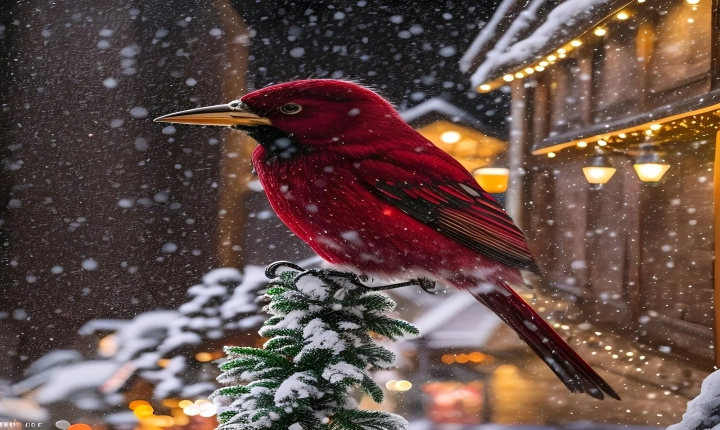Title: Harnessing the Power of AI to Generate Stunning Images
In recent years, the advancements in artificial intelligence (AI) have opened up a world of possibilities across various industries. One particularly fascinating application of AI is in the field of image generation. With the help of machine learning algorithms, AI can now autonomously create stunning and realistic images, revolutionizing the way we perceive and produce visual content.
The process of generating images with AI typically involves the use of generative adversarial networks (GANs) or variational autoencoders (VAEs). These algorithms are trained on vast amounts of data, learning to understand the patterns and characteristics of different image categories. Once the training is complete, they can produce new images that mimic the style, structure, and details of the original dataset.
So, how can one harness the power of AI to generate images? Here are some key steps to consider:
1. Data Collection and Preprocessing:
Before delving into image generation, it is essential to gather a comprehensive dataset of images relevant to the desired output. This dataset should be diverse and well-curated, representing the range of styles, compositions, and subjects that the AI will be expected to emulate. Additionally, the data may need to be preprocessed to ensure consistency and quality, such as resizing, normalization, and augmentation.
2. Model Selection and Training:
Selecting the appropriate AI model is crucial for successful image generation. GANs and VAEs are popular choices, each with its unique approach to creating images. Training the chosen model requires a significant amount of computational resources and time, as it involves iterating through the dataset, adjusting the model’s parameters, and fine-tuning its neural network layers. During this phase, the AI learns to distinguish the features of images and generate new ones that match those features.
3. Fine-Tuning and Validation:
After the initial training, it is essential to fine-tune the AI model to enhance its performance and ensure the quality of the generated images. This process involves validating the model’s outputs, identifying any discrepancies or errors, and making further adjustments to refine the results. Fine-tuning can also involve tweaking the model’s hyperparameters and optimizing its architecture to achieve better image quality and diversity.
4. Image Generation and Exploration:
Once the AI model is well-trained and fine-tuned, it can start generating images based on various inputs or random noise. These generated images can be explored and evaluated to assess their realism, relevance, and aesthetic appeal. Additionally, techniques such as conditional image generation or style transfer can be applied to manipulate the output and steer it towards specific visual attributes.
5. Iterative Improvement and Ethical Considerations:
Continuous improvement is fundamental in the realm of AI-generated images. As new data becomes available or as the desired output evolves, the AI model should be re-trained and adapted to reflect these changes. Furthermore, ethical considerations surrounding the use of AI-generated images, such as copyright infringement and misinformation, must be carefully addressed to ensure responsible and lawful use of this technology.
The applications of AI-generated images are vast and diverse. From creating lifelike visuals for computer-generated environments and animations to assisting artists and designers in their creative process, the potential impact of this technology is far-reaching.
In conclusion, harnessing the power of AI to generate images is a fascinating and transformative endeavor. By leveraging the capabilities of machine learning algorithms, we can unlock new levels of creativity, efficiency, and innovation in the visual arts and beyond. As AI continues to advance, the realm of image generation is sure to evolve, promising even more remarkable and inspiring possibilities for the future.
